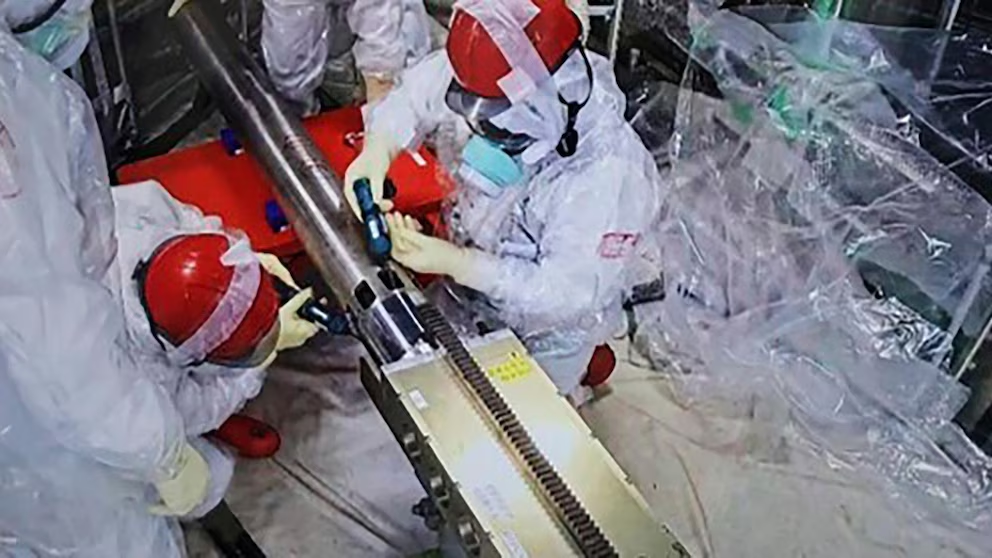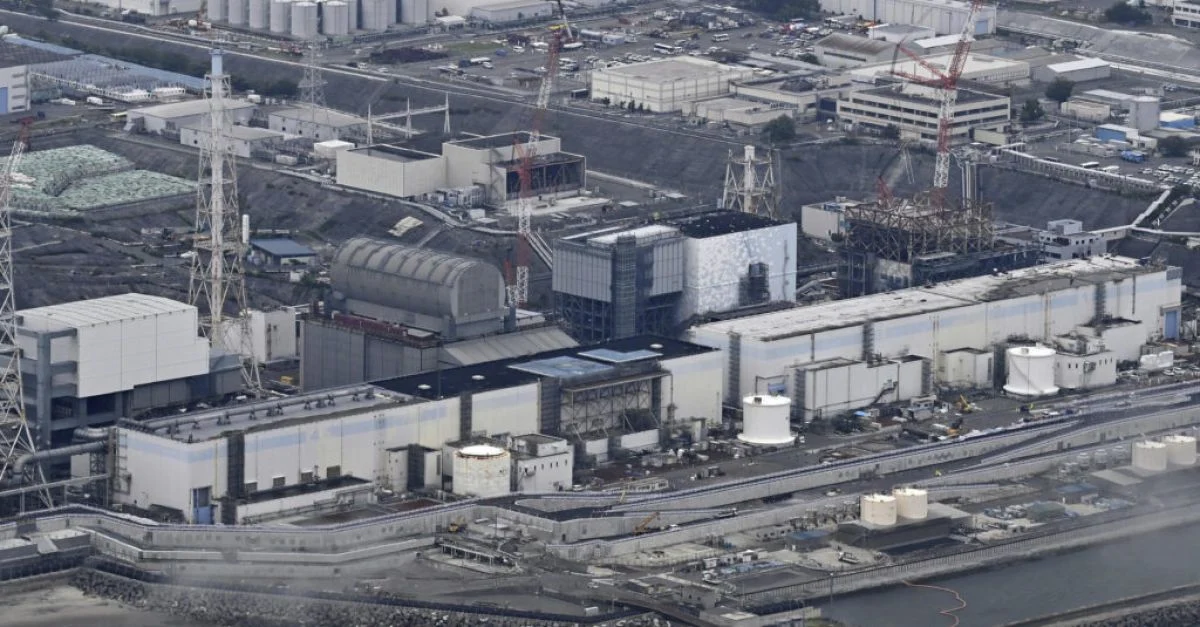After encountering significant setbacks, Tokyo Electric Power Company (Tepco) has launched a critical operation to remove a small quantity of radioactive debris from Japan’s Fukushima nuclear plant.
This effort represents a crucial milestone in the lengthy and complex process of decommissioning the plant, which was devastated by a tsunami in 2011.
Tepco’s “pilot extraction operation” has commenced following a previous delay due to technical difficulties. The current operation is anticipated to last around two weeks.
The Fukushima Daiichi nuclear plant, which experienced one of the world’s worst nuclear disasters after a 9.0-magnitude earthquake triggered a tsunami on March 11, 2011, still holds approximately 880 tons of highly radioactive material.
Removing this debris remains one of the most difficult components of the multi-decade decommissioning process. Tepco had originally planned to begin the trial removal on August 22, with the goal of extracting a small sample of around three grams for analysis.
However, the operation was postponed when a problem was discovered during the setup of essential equipment.
The issue stemmed from an incorrect installation of five pipes meant to guide a retrieval device into the No. 2 reactor’s containment vessel.
This misstep forced Tepco to pause the operation while adjustments were made. Tepco has since corrected the setup and resumed the extraction process.
Given the extremely high radiation levels within the reactors, Tepco has developed specialized robotic systems to handle the extraction.

One such system is a robotic arm designed to operate similarly to a fishing rod, which will be remotely controlled to lower a claw-like metallic grip into the reactor to retrieve small quantities of debris.
This device, capable of extending up to 72 feet (22 meters), will be inserted into the containment vessel to collect less than 0.1 ounces (3 grams) of radioactive material. The extraction process is expected to span roughly two weeks.
Earlier in February, Tepco deployed two mini-drones and a “snake-shaped robot” inside one of the reactors to prepare for this task.
These advanced technologies are essential for maneuvering in the reactor’s hazardous environment, which is inaccessible to humans due to the extreme radiation levels.
Efforts to decommission the Fukushima plant are part of a broader strategy to manage the disaster’s long-term impacts.
Last year, Japan began releasing treated wastewater from the plant into the Pacific Ocean, a move that has led to diplomatic tensions with China and Russia.
Both nations have imposed bans on Japanese seafood imports, despite Tokyo’s assurances, supported by the UN atomic agency, that the water discharge is safe.
In addition, Tepco has undertaken initiatives to promote food products from the Fukushima region in an effort to support recovery and rebuild trust in the area’s agricultural offerings.
Notably, London’s famous Harrods department store has started selling Fukushima-grown peaches, prized for their juicy sweetness. However, these peaches come with a premium price, reportedly selling for £80 ($105) per box of three.







Leave a Reply